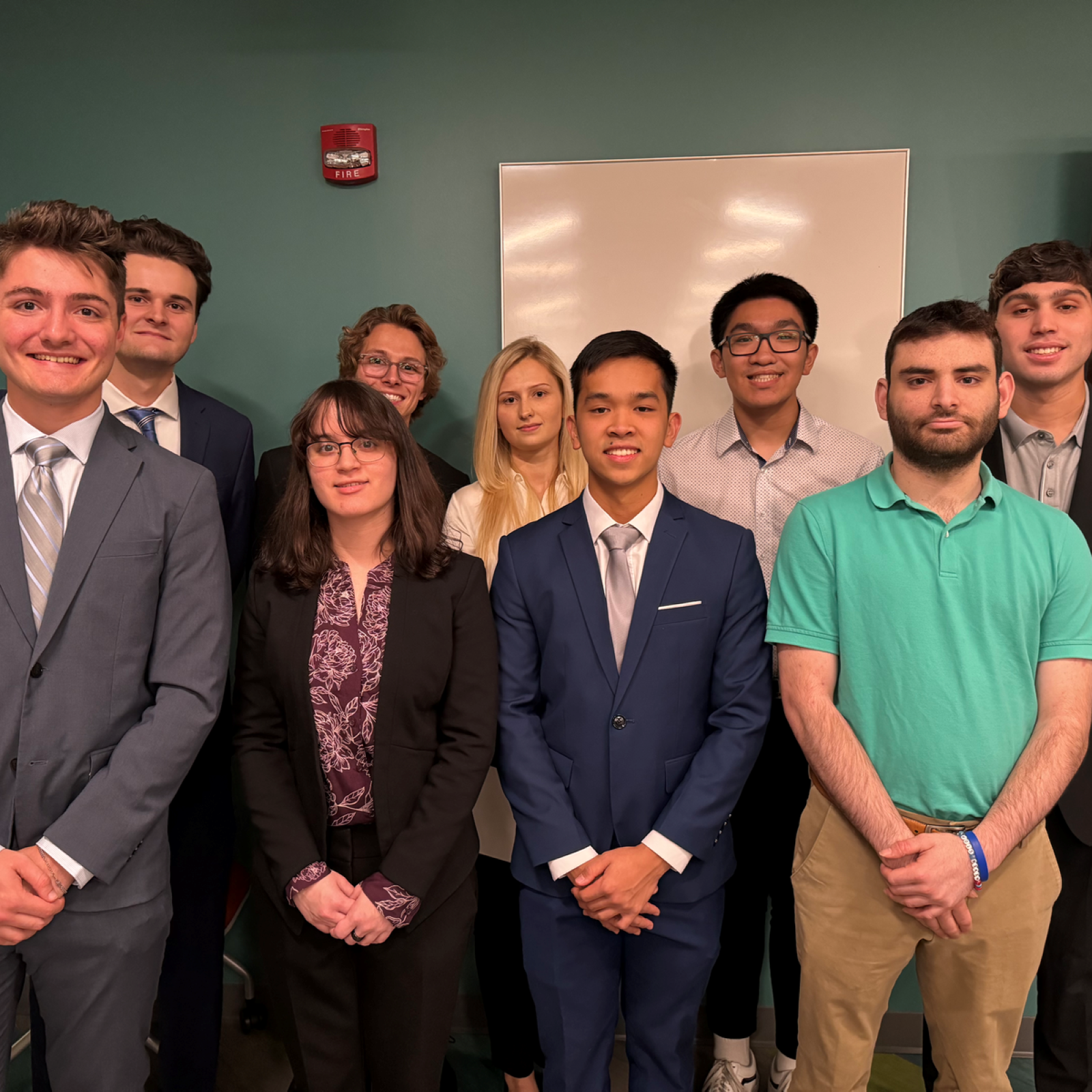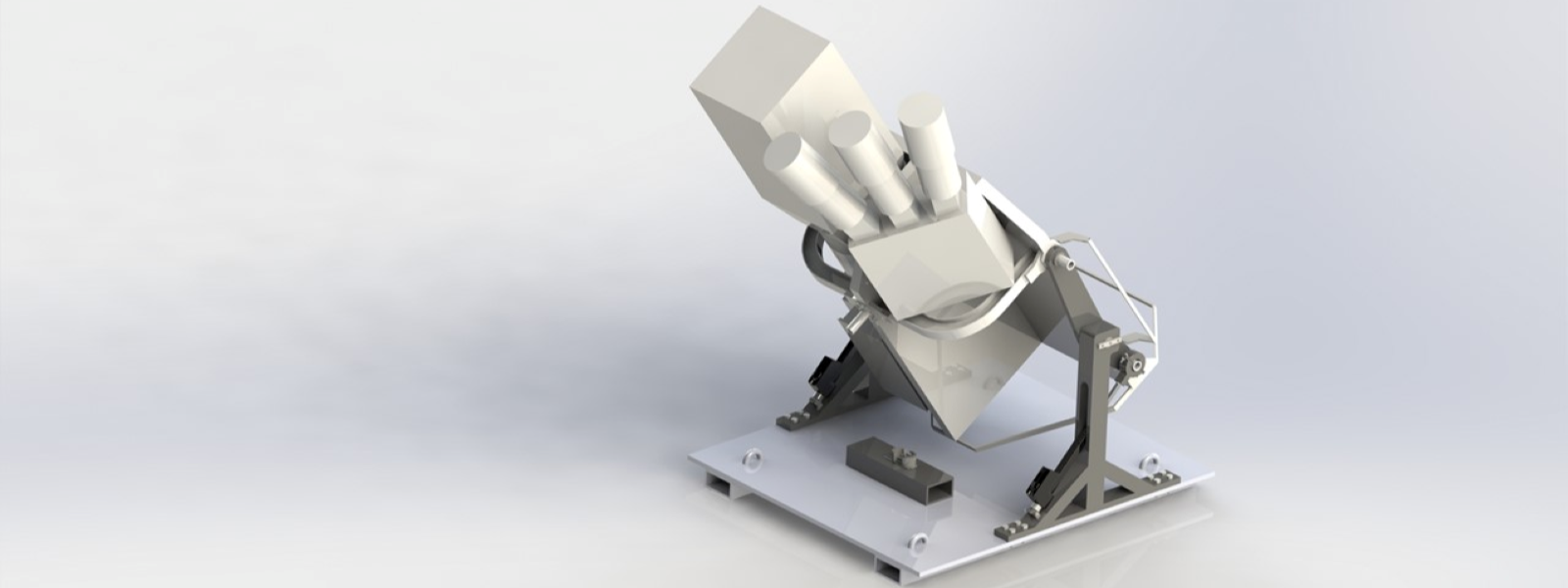Team Members

Yuliia Hrynchenko, Tony Pham, Quang Vo, Samuel Theis, James Stahovec, Carlos Nieves-Papaleo, Benjamin Sibner, Jack Parker, Yanelly Sandheinrich
Abstract

The proposed design undergoes structural analysis to meet safety and load requirements, ensuring its suitability for long-term display at the Smithsonian’s National Air and Space Museum. The Astro Integrated Cruciform Display Stand represents a crucial step in preserving and presenting the historical significance of the Astro System, combining functionality, innovation, and manufacturability. The Astro Restoration Project (ARP) collaborated with our team to develop an innovative solution for the Astro System’s restoration and display. The current state of the payload at the U.S. Space and Rocket Center (USSRC) in Huntsville, Alabama, reveals the need for a purpose-built display stand to enhance visibility, accessibility, integration, and preservation. Our team focused on designing a versatile system capable of supporting payload rotation in horizontal, vertical, and intermediate positions. This design not only addresses practical aspects but also aims to captivate museum visitors by showcasing the entirety of the Astro System. In constant communication with ARP, our team explored various concepts while keeping the client’s requirements at the forefront. The collaborative nature of these conversations allowed creative freedom, resulting in a feasible and manufacturable design. Utilizing existing off-the-shelf parts and machinery, our design incorporates a linear actuator and a locking mechanism to facilitate rotation and stable positioning. The Astro Display Stand comprises four sub-assemblies: base plate, support beams, actuators, and trunnion beams. The rectangular base acts as a sturdy support structure, facilitating transportation with slots for forklift engagement and tethering hooks. Support beams, primary load-bearing components, elevate the payload above the base, incorporating a center column and diagonal trusses for structural integrity. Actuator subsystems, equipped with Thomson Electrak XD Linear Actuators, facilitate controlled rotation, while trunnion beam subsystems ensure a stable pivot point for the system.
Pitch Video
3D Interactive Product Model
The following is an interactive 3D model of the product design. You can view and rotate the product assembly in different orientations and views, including an exploded view to see the various parts that make up the assembly.